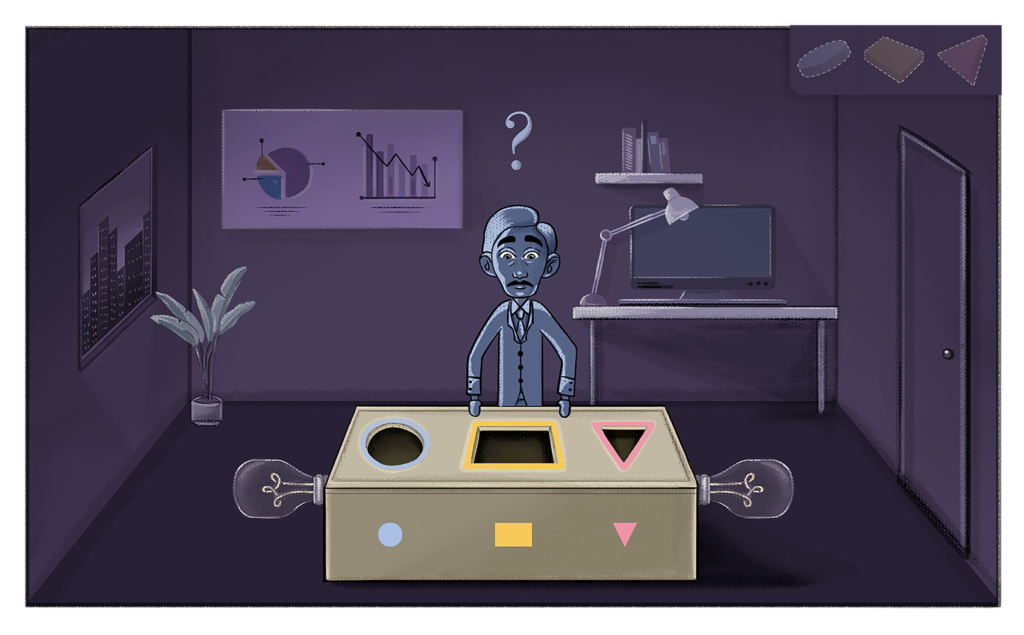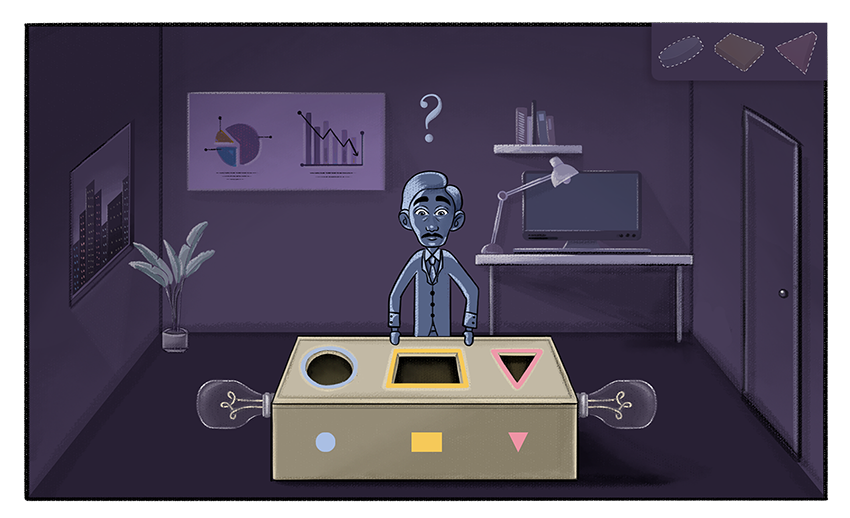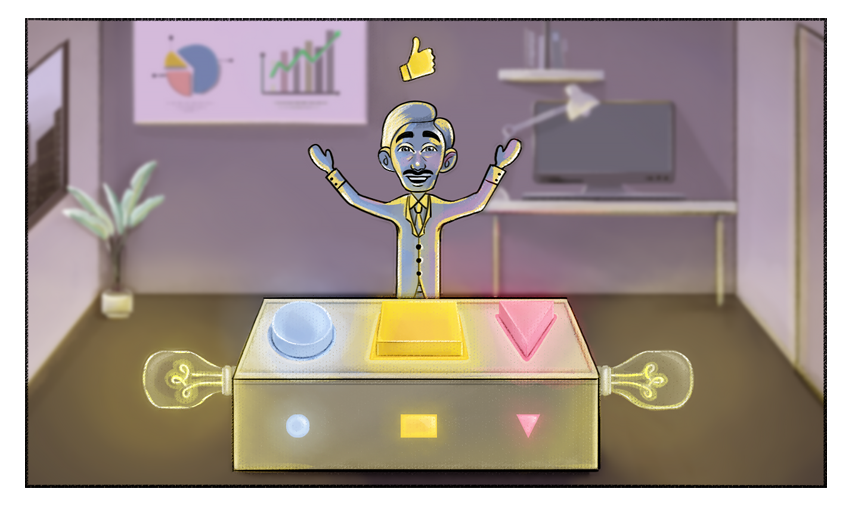The employee turnover rate has grown significantly since the pandemic began in 2020, and there are no signs that resignations are slowing down. The movement within the workforce has been so significant that it has been coined as “the great resignation” or the “great reshuffling”. According to the U.S. Bureau of Labor Statistics, resignations totaled roughly 47.4 million in 2021, a record-breaking total. Putting resignation totals in perspective, the previous 10-year annual “quit rate” averaged 1.95% a year, at the end of 2021 the quit rate ended at 2.69%, a 138% increase (BLS, 2022). While alarming, there is data available regarding the mass exodus of 2021 and 2022 that leadership teams can sift through and reduce their company’s turnover rate and retain highly qualified employees. Those organizations that take these learnings to heart and take action will be better positioned for the inevitable future ahead of us. The reality is, without talent, no organization can continue to thrive.

We spoke to Jon Orozco, SHRM-SCP, Human Capital and DEI strategist and two-time former COO about the implications of current talent trends. He explains, there are three main reasons at the core of these resignation rates working together to compound the pressure on employers to slow the talent drain and make themselves more attractive for the available talent.
1- The Boomers Situation:
The first reason is retirements from the baby boomer generation; the youngest baby boomer just turned 57 at the turn of the year, which means this generation will have primarily exited the job market by 2030. The Pew Research Center began tracking retirements for baby boomers in 2012, with an average of 2.2 million baby boomers retiring annually, with 2020 topping 3.3 million retirees (Fry, 2020).

Not all baby boomers are looking to retire completely during the first few years of social security eligibility. Instead, they would like the flexibility of a part-time job with a reduced workload. Fortune found that nearly 80% of baby boomers favor this work arrangement.
What to do about it? Flexibility is king. And the benefit of retaining this generation in the workforce should not be underestimated. Baby Boomers are institutional historians and can serve as influential mentors for younger workers (Bove, 2022). Create an offramp where Baby Boomers can slowly reduce their workload rather than jumping straight to retirement. Companies would be wise to create an effective mentorship program that helps bridge the gap between older, semi-retired employees and younger employees and leverage that as a strength to attract and retain employees that are looking for guidance in the next phase of their career path. From a DEI perspective, leverage this group of wise, experienced workers to coach, mentor and train the generation that will step into their roles and help close the opportunity gap for BIPOC and underrepresented employees.
2- Organizational Culture:
Toxic cultures and poor-performing managers come in as the second reason for resignations. Indeed, researchers at MIT reviewed 34 million employee profiles and found that company culture was a determining factor for these resignations (Sull et al., 2022). The researchers also found an inverse relationship between employee workplace culture satisfaction rate and average turnover rates, as companies with good reputations experienced much lower attrition rates. Organizational culture can either crush your employee experience or enable it.
According to their data, addressing the root causes of toxic behaviors (governance structures, processes, norms, communication and collaboration practices, etc.) retraining all employees around professional boundaries, and replacing ineffective managers would be 10X more effective than providing raises for remaining employees because of toxic cultures and bad managers fuel resignations.
What to do about it? Poor behavioral attributes are contagious. Therefore, organizations need to pay special attention to their culture and invest in nurturing the behaviors that are (a) supportive of their employee experience aspirations and (b) enablers of their commercial objectives. Culture initiatives should be a foundational strategic objective and not a “nice-to-have”.

3- Workforce Expectations:
The final reason and arguably the most compelling one for rethinking how organizations design their talent attraction and retention plans are the workforce expectations today and those we can anticipate in the near future where the majority of employees will be part of younger generations. By 2030, more than two-thirds of the workforce will be generation Y and Z. The core values of Generation Y and Z are centered around diversity, equity, inclusion, and accessibility. The unique value proposition of organizations to their talent need to be expanded beyond the traditional formula of salary + benefits.

Employers need to shift their values to align with the largest generations, or they might leave after a short time. Bain & Company found that highly skilled workers will become scarcer and demand reconfigurations to their work arrangement to pique and retain their interest with the employer (Harris et al., 2019). How can organizations think about incentives structures differently? The traditional base salary, vacation/sick time, paid holidays, and 401K matching formula to attract talent will not work anymore. Instead, employers should consider non-conventional components of a salary offer can include signing bonuses, compressed work week, stock options, an equity stake in the company, permanent remote work assignment, semi-annual retention bonuses, car allowance, up to 100% company-paid medical premiums, incremental 401K contributions at every year (up to 3% matching through year one, up to 4% through year two, up to 5% through year five, etc.), company paid whole life/term insurance policies and even up to 5-year written employment agreement.
These are all major market and organizational shifts and it will take time and significant investment for organizations and people leaders to future-proof themselves and ensure they acquire, develop and retain the talent needed to achieve their social and financial goals.
We are here to help. Let us know if you’d like to have a conversation about how we can support your current talent objectives.




Bibliography
- Bove, T. (2022, January 13). Older workers want more flexible work options. Fortune. https://fortune.com/2022/01/12/baby-boomers-retirement-flexible-hours-savings-covid/
- Bureau of Labor Statistics. (2022, February 23). Table 4. Quits levels and rates for total nonfarm by state, seasonally adjusted https://www.bls.gov/news.release/jltst.t04.htm
- Fry, R. (2020, November 10). The pace of Boomer retirements has accelerated in the past year. Pew Research Center. https://www.pewresearch.org/fact-tank/2020/11/09/the-pace-of-boomer-retirements-has-accelerated-in-the-past-year/
- Harris, K., Kimson, A., & Schwedel, A. (2019, March 28). Labor 2030: The collision of demographics, automation and inequality. Bain. https://www.bain.com/insights/labor-2030-the-collision-of-demographics-automation-and-inequality/
- Kelly, J. (2021, December 10). Baby Boomers are leaving the workforce to live their best lives in a Silver Tsunami’ great retirement’ trend. Forbes. https://www.forbes.com/sites/jackkelly/2021/10/01/baby-boomers-are-leaving-the-workforce-to-live-their-best-lives-in-a-silver-tsunami-great-retirement-trend/?sh=df6aea0260bd
- Sull, D., Sull, C., & Zweig, B. (2022, January 11). Toxic culture is driving the great resignation. MIT Sloan Management Review. https://sloanreview.mit.edu/article/toxic-culture-is-driving-the-great-resignation/












